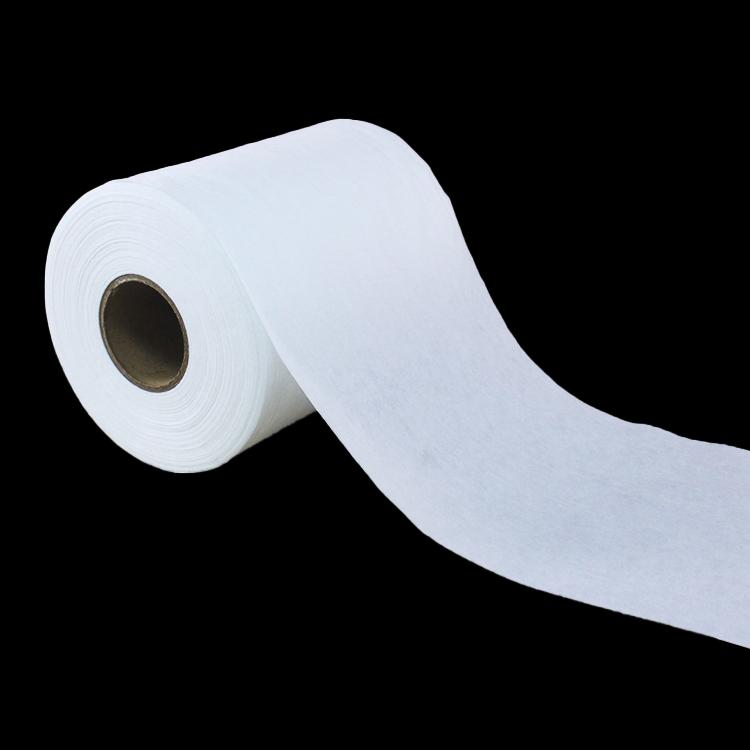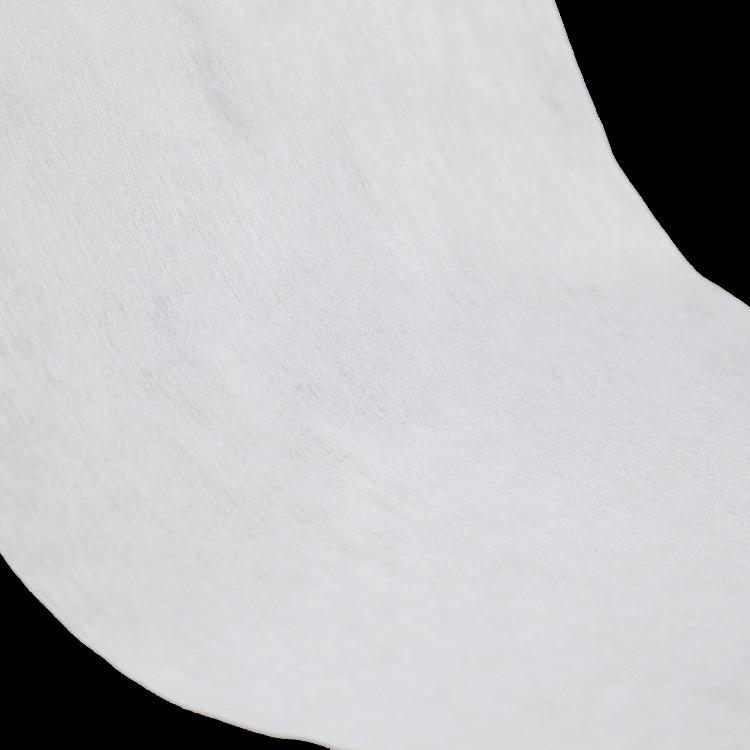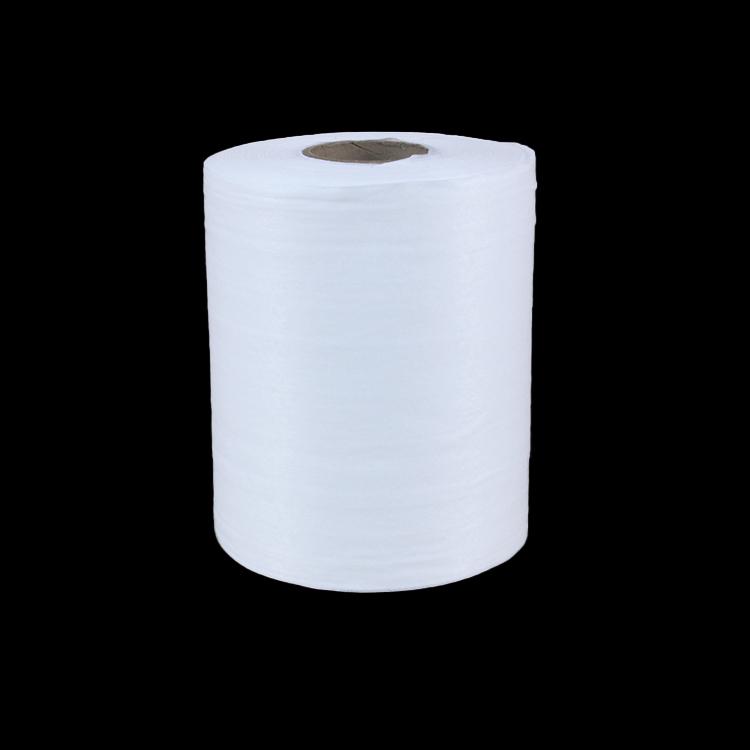Author:Baby & Adult Diaper Materials FROM:Diaper Materials Manufacturer TIME:2023-03-16
The spunlace nonwoven fabric processing technology is an advanced fixing technology, which endows nonwoven fabrics with special properties, which are unmatched by other methods, so it has a broader market and prospect than other nonwoven fabrics.
Spunlace production line basically consists of four major systems, namely web forming system, water treatment system, spunlace reinforcement system and drying system. Among them, the spunlace reinforcement system is the most important link in the spunlace nonwoven production line, and its design and manufacture are directly related to the quality of spunlace nonwoven fabric. In recent years, this aspect has been improved rapidly, especially the structure of the water spray part, the design, processing method and precision of the water spray hole, and the structure of another key component of the spunlace - the fiber mesh support net curtain, research design and Selection of materials etc.

Requirements of spunlace technology for the support net and its production characteristics Since the support net is an important part of the spunlace system, the requirements for the support net are very strict in the production process. The production of different products has different requirements on the structure of the tray (such as strength, joints, thickness, fatigue resistance, water needle pressure per centimeter, etc.).

During the spunlace process, the specific requirements that the tray must meet are:
1) The surface structure is uniform (the size of the pores and the number of pores per unit area are the same);
2) Sufficient water impact strength;
3) The service life of the supporting net should be as long as possible;
4) The structure of the supporting net must meet the requirements of the spunlace process for the final product (such as product strength, appearance, etc.).
The support nets used in the current spunlace process are mainly woven from polyester materials and polyamide materials. Compared with the original metal wires, they have the characteristics of small elongation and high tensile strength under load. In the spunlace production environment with temperature and humidity changes, the supporting screen needs to have stable performance (not easily deformed), good wear resistance and corrosion resistance, and the resin treatment on the surface of the supporting screen can effectively prevent the adhesion of oil stains and microfibers .
During the use of the supporting net, there will be a phenomenon of pulling, which is mainly related to the structure of the supporting net. The structure of the support net can be divided into two types: circular weaving (ring weaving) and open weaving (open weaving). In circular weaving, the warp is a longitudinal line, and the longitudinal direction will not be bent, and the horizontal weft is curved. Because the warp is less bent, the extension and contraction of the support net are reduced, and the wear and tear only occurs on the weft, so that the warp maintains its The strength should be; while the situation of open weaving is just the opposite, although the longitudinal thread is still warp thread and the transverse thread is still weft thread when weaving, but due to the difference between the open weaving support net structure and the circular weaving, the extension and width of the support net The shrinkage increases instead, and the wear and tear only occurs on the warp after weaving into a net, so that the weft maintains its proper strength. The processing form of open weaving is similar to that of circular weaving, and the joint is at the end of the support net.
In order to prevent the blockage of the support net, especially when processing cotton fiber and wood pulp fiber, a set of water spraying devices must be installed on the spunlace machine to remove fiber impurities embedded in the support net.


 Email: info@whldiapernonwoven.com
Email: info@whldiapernonwoven.com
 MP/WhatsApp: +86-13599937366
MP/WhatsApp: +86-13599937366
 Manufacturer Address:Room 1105B, Bld M1, Manhattan, Yulongwan, Shimao, Shuanglong Road, Meiling Street, Jinjiang, Fujian, China
Manufacturer Address:Room 1105B, Bld M1, Manhattan, Yulongwan, Shimao, Shuanglong Road, Meiling Street, Jinjiang, Fujian, China